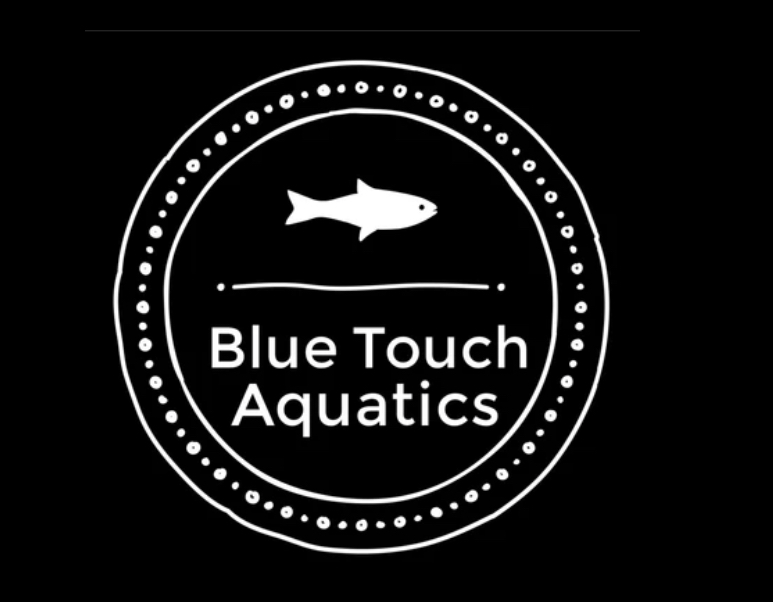Description
Sizes S (£20.00) up to XL (£50.00)
Supplier Availability: Occasionally
As a member of the class Echinoidea, the anatomy of Diadema setosum is that of a typical sea urchin. All of the animal’s internal organs are enclosed within the spherical, black test that is essentially the body of the organism. However, the body is not perfectly spherical – Diadema tests are slightly dorso-ventrally compressed. Protruding outwards from the central body are the long spines iconic of a sea urchin’s appearance. Like the other members of the family Diadematidae, the spines of D. setosum are extremely long and narrow in proportion to its body. The spines, often black but sometimes brown-banded, are hollow and contain a mild venom. D. setosum can be distinguished from other species in the genus Diadema by the presence of five white spots on the animal’s test, strategically located between the urchin’s ambulacral grooves.
In addition, a clear distinguishing characteristic of the species is the presence of a bright, orange ring around the urchin’s periproctal cone, a structure commonly referred to as the urchin’s “anus“. A few other minor characteristics in D. setosum include bluish spots on the organism’s genital plates and similar blue spots (iridophores) arranged in linear fashion along its test. An apical ring is absent in the species, along with calcareous platelets on its apical cone. Sexually mature Diadema setosum specimens average from 35 to 80 grams in weight. Adults average a size of no more than 70 millimeters in test diameter and around 40 millimeters high.



Reviews
There are no reviews yet.